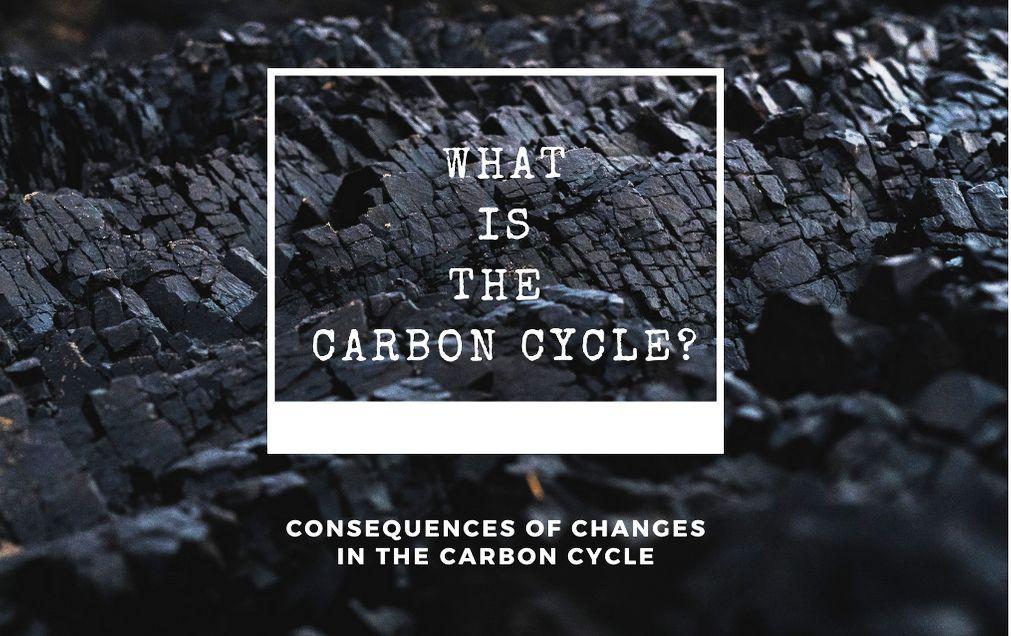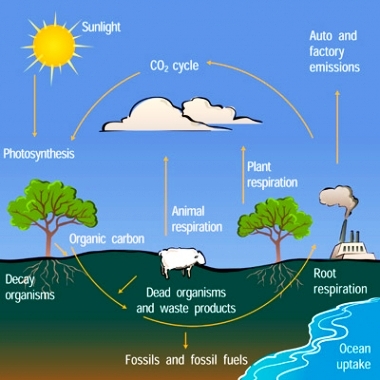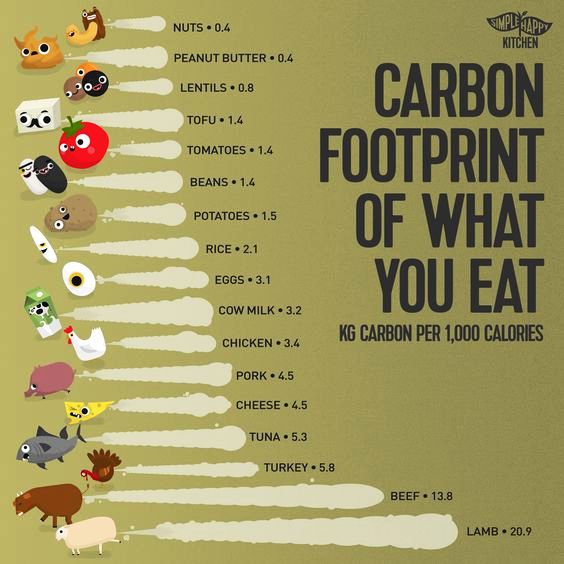
Consequences of Changes in the Carbon Cycle
Carbon has been the leading role in the natural carbon cycle on our planet for millions of years, with some being released, some being stored, and when the two are equivalent, the balance is maintained.

Credit: UCAR
We’ve broken the balance since the industrial revolution and we are releasing more and more carbon stored in the soil into the atmosphere. The rate of carbon dioxide we have emitted into the atmosphere for hundreds of thousands of years has fluctuated between 180-200 parts per million. But since the industrial revolution, this number has grown by more than 40% to over 400 parts per million. This caused heat to become trapped in the atmosphere. Scientists think that even falling to 350 per million is a great target.
More than 90% of the excess heat trapped in the world is absorbed by our oceans. Oceans also absorb most of the excess carbon dioxide; Therefore, the waters are 30% more acidic than 150 years ago. This affects the biodiversity in the waters.
Increasing heat and energy in the system cause stronger weather events. Floods, hurricanes and storms are more severe because hot air can hold higher humidity.
According to 2019 data, passenger vehicles make up 20% of the total carbon emissions in the USA and it is predicted that 1 billion new vehicles will be added by 2040. As a possible solution to this, the current concept of owning a car may be replaced by self-rented self-driving cars. It is thought that this will also apply to transportation, just as we return to platforms such as Netflix and Spotify, where we can reach all of them whenever we want instead of collecting DVDs, CDs and records.
I was shocked to learn that interest groups spend nearly $ 1 billion each year to prevent us from lowering our carbon emissions. The fossil fuel industry creates suspicion and confusion in the society by copying the tactics used by the cigarette industry for years. One of the sneakiest players of these lobbies is Exxon.
One of the things they do is downplay climate change by simplifying the situation with words like climate science is not a proven thing or climate change is a religion. Exxon has been funding a large number of associations, making it seem like there is a great scientific truth that denies climate change. In fact, all of these organizations are funded from a single source. Just like in the healthcare industry.
Even if we stopped all our emissions today, we are still in bad situation. We have already been dragged over the border, to a place of no return. What we need to do is to separate and store the excess carbon in the atmosphere, in addition to reducing the emissions we are currently producing.
When we change food agriculture practices, two things happen: one is to stop carbon, carbon dioxide emissions, and the other is to separate carbon. When these are applied in those sectors, they stop rising as well as decrease them.
Plants produce simple sugars using carbon dioxide and solar energy. The plant uses some of these sugars for growth. The remainder is given to the soil from its roots. This sugar feeds the soil microbes that interact with the plant, and the carbon dioxide taken from the atmosphere is trapped in the soil as carbon.

We cannot store carbon personally, but we can choose options that reduce our personal footprint. By calculating the carbon footprint, we can proceed in the direction of reduction. You can learn about simple changes with researches on the subject, and you can get help about life with a lower carbon footprint with mobile applications.
As long as we want to.
